Liberals have lost the plot amid global crisis of the right
It would take an ASIO cryptographer of rare and imaginative skill to discover today what the Liberals and Nationals believe in. Like the Tin Man in the Wizard of Oz, most of all they need a heart.

But the intellectual vacuum across the Australian political right runs much deeper. It’s the greatest long-term threat to the Libs and Nats. The Coalition’s lack of conviction or direction about any basic issues or values, at state as well as federal level, indicates a profound crisis.
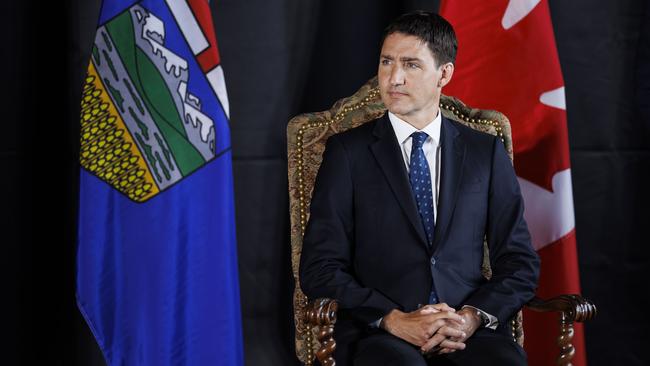
In Canada, Justin Trudeau, leader of the centre-left Liberal Party, has been prime minister since 2015 and won three elections so far. His first government legalised marijuana and imposed a carbon tax.
He is the world’s second most woke leader and political correctness is almost a state religion. The Canadian Conservatives are a long way from power.
In New Zealand, Labour’s Jacinda Ardern became prime minister in 2017 and won landslide re-election in 2020. She is a woke princess and her religious beliefs seem to be climate change and anti-nuclear. The NZ Nationals have recently been doing better in the polls but they long ago surrendered on many issues.
The Nationals ultimately supported Labour’s ban on visits by nuclear-powered ships in the mid-1980s that saw Wellington thrown out of the US alliance system. Nationals leaders in private told me the ban was nonsense. If Australia ever gets nuclear-powered submarines under AUKUS, they can’t visit our cousins across the ditch.
Both Trudeau and Ardern represent the new class of lifelong, professional, slick radical apparatchik, whose entire lives are spent being paid to be progressive.
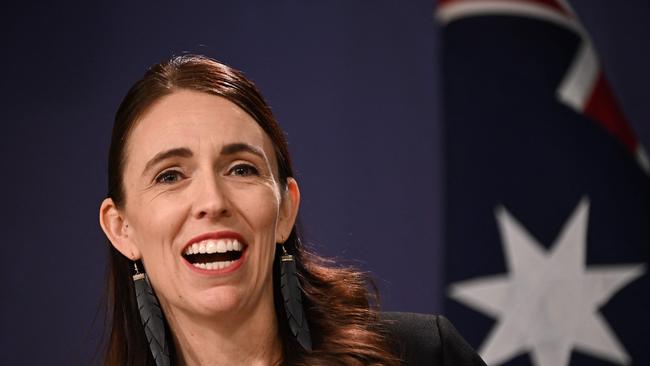
In Britain the Conservative party, though in government for a long time, is in disarray. Having sacked Boris Johnson as leader, the party’s rank-and-file membership – about 180,000 loyal and mostly older souls – are choosing between Rishi Sunak and Liz Truss to replace him, with Truss heavily favoured.
On Brexit, Johnson forced his party to make a choice in utter defiance of the zeitgeist. He then won a huge electoral victory, the biggest since Margaret Thatcher. But on everything else except support for Ukraine, Johnson has governed as a left-of-centre, zeitgeist-observing Labour leader might.
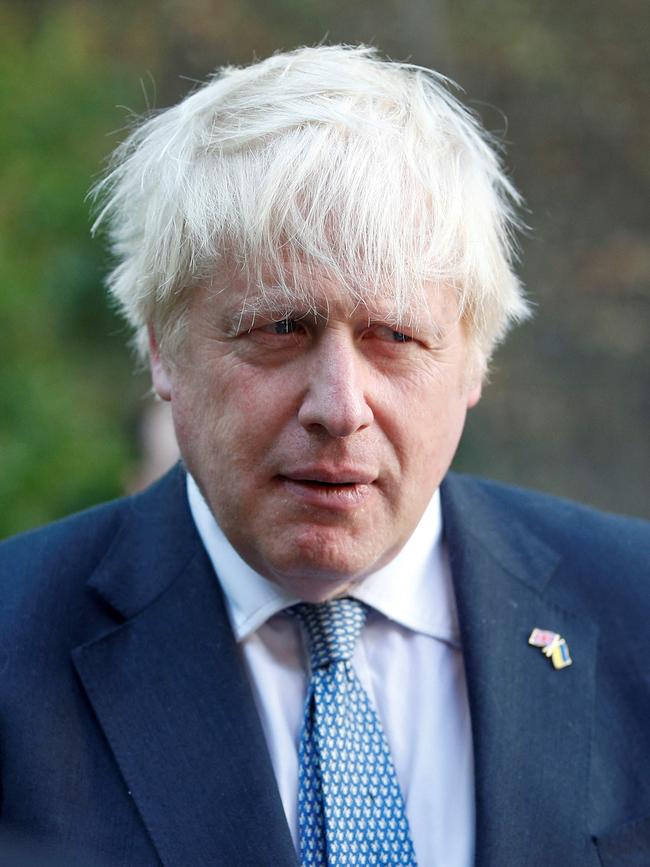
Johnson lost the leadership because he ran a shambolic government, but his embrace of net-zero emissions and climate change super-activism also led Britain straight into energy crisis and massive price hikes for household energy bills.
The two Conservative leaders before Johnson, Theresa May and David Cameron, had accepted all of Labour’s social agenda, with Cameron’s only conservative feature being an attempt to control spending and bring the budget into balance, plus some modest tax cutting.
Now, under a Conservative government, Britain’s tax take is the highest since the 1960s, soon to become the highest since the ’50s. Johnson won dozens of working-class seats that had never voted Conservative before. He won them on Brexit and patriotism and because Labour’s Jeremy Corbyn was so extreme and toxic. Now the Conservatives could easily lose those seats.
Republicans in the US, until a couple of weeks ago, looked in rude good health, leaving aside the very special problem of Donald Trump. Although the Republicans lost the last presidential election, they actually gained seats in congress. With Joe Biden so unpopular, and congressional Democrats even more on the nose, Republicans looked to sweeping congressional victories in November. That is now much more doubtful.
But first remark this seminal fact. A few years ago it was commonly argued the demographics of American society were moving decisively against Republicans because their support among African-Americans and Hispanics was so low. Now Republicans regularly score 40 per cent of Hispanics, at which level they are very hard to beat.
Republicans got to this point not by becoming imitation Democrats and embracing illegal immigration, denouncing their own society, demonising the police and denigrating religion. None of that plays well with most Hispanics.
Instead, Republicans champion strong borders, patriotism and respect for faith. Hispanics are patriotic Americans. They join the military in disproportionate numbers. They can be won over to a Republican program. It takes effort. The Republicans must recruit Hispanic spokespeople and leaders, they must respect the communities, they do have to make an energetic outreach, seeking Hispanic votes. But they needn’t adopt any Democrat positions.
There is an obvious lesson here for Libs and Nats and their general failure to just make the effort with the big ethnic minorities – Chinese, Indian, Filipino, Vietnamese etc.
Trump is a peculiar problem. He is, as John Howard argues, manifestly unfit to hold office. But he did show Republicans the value of fighting politically on grounds where they are accustomed to losing.
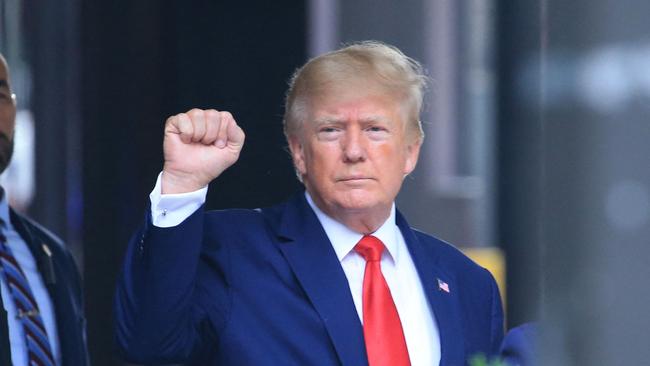
His influence now is baleful. The controversial candidates he has backed into victory in assorted Republican primaries are frequently oddballs and incompetents, and most are behind in the polls against the Democrats they will face in November.
The Republicans will likely still win the House of Representatives but could actually go backwards in the Senate because of Trump’s candidates. Democratic donors also oddly spent a lot of money getting these Republicans nominated because they are the easiest Republicans to beat.
If there is a conspiracy explanation behind the FBI’s bizarre raid on Trump’s home in Florida, it’s probably not that the Democrats want to persecute Trump but that they want to ensure he remains the centre of attention. Republicans will win huge victories in November if the election is a referendum on the Biden presidency. They will suffer defeats if it’s yet another referendum on Trump.
Where do Australia’s centre-right parties fit into all this?
Right now, at state and federal levels, they look much more like surrender conservatives, the “stupid party”, with no ideas of their own, as John Stuart Mill once described the British Tories. A residual party with just a few old cliches and a fading hope that a long-forgotten reputation for being better economic managers might bring them back to government. But politics must be a passion, not a profession.
The Liberals are misinterpreting the last election. They embraced net-zero emissions and increased ABC funding, and got absolutely smashed in what are now super-affluent, leafy, teal seats.
The only positive issue the Morrison government tried to market was an unbelievably anaemic version of national security/national sovereignty conservatism. But the single big commitment the Morrison government made was nuclear-powered subs in 20 or 30 years. It talked of war but did nothing. This was not passion but lame, transparent marketing.
This is the first election since 2007 the Liberals lost on climate and it’s the first where they didn’t try to make an economic argument about climate change but instead simply said me too.
The culture is against conservatives. Covid has moved Western politics a standard deviation or two to the left. But the Liberals now look completely incapable of making any effort to influence the culture, to speak out of turn to it, much less to win a policy argument against its passing fads and prejudices.
One of the signal failures of the nine years of Coalition government was a forgotten episode where the Abbott government tried to set up a climate change economics institute under the leadership of Bjorn Lomborg. It made the mistake of trying this with peanuts money at a university. Naturally the government couldn’t convince a university to do it.
They should instead have endowed $100m or more for a stand-alone institute that would have had the perfectly legitimate task of studying the economics of climate change and the costs and benefits of climate policies. This could have evolved into something like the Productivity Commission, producing dozens of high-powered reports, which might well have ended up favouring strong action on climate but would have approached the issue through an intellectual framework, a world view, sympathetic to conservatives.
Labor does this constantly for the centre-left world view. Look at the political force the superannuation industry has become, not to mention the countless university think tanks and climate bodies now funded in perpetuity by government.
Labor does this systematically across many policy areas. It’s not corrupt but Labor makes sure the basic outlook of such institutes is sympathetic to its basic outlook. So the bodies are genuinely independent and may occasionally say and do things momentarily inconvenient to Labor, but a vast hydraulic pressure of government money influences culture and politics to the left.
Think of the dreadful mess of Australian education, every year consuming billions of dollars more and producing worse outcomes, while every ideological, identity-politics, gender-politics obsession of the zeitgeist is inflicted on our poor kids.
Republicans in the US have made a lot of this sort of issue, and style themselves the party of parents, as opposed to the Democrats as the party of teachers unions. But at neither state or federal level has any Liberal produced a sustained critique of our education malaise.
NSW with a Liberal government is the worst of all. The Institute of Public Affairs’ Bella d’Abrera has done a good job on this, but the Liberals and Nationals are clueless about it.
Nor do Liberals any longer talk much about the family because this might offend woke sensibilities. Constantly misled by their pollsters, they seek voters they can never get and ignore voters they must get.
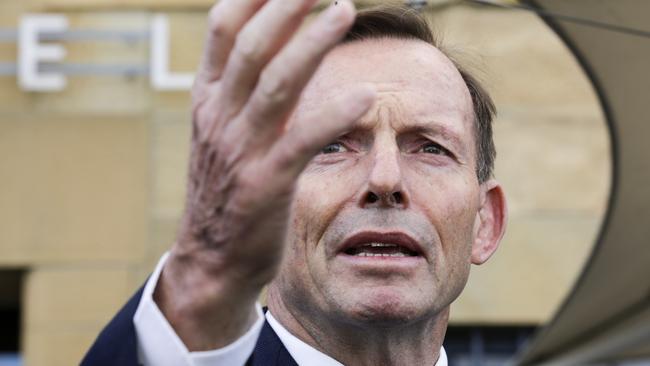
In the 2019 campaign, the Liberals’ pollsters advised against approving the Adani coalmine in Queensland. There was such a revolt from Queensland Coalition politicians that the Morrison government ultimately did approve it. And guess what? Winning those regional Adani-influenced Queensland seats was the difference between victory and defeat.
It’s inconceivable pollsters would have told Howard to go ahead and champion the GST in 1998. Yet it’s the last great economic reform we’ve had. Howard’s fighting victory in 1998 propelled his government’s self-confidence, which led to victories in 2001 and 2004. A senior cabinet minister in the Howard government told me recently: “Since Tony Abbott lost the leadership, the Liberal Party has not believed in anything or fought for anything.”
Consider the Victorian Liberals, the most spectacularly unsuccessful and uninspiring mainstream political movement in Australia. In general, they wouldn’t make an impression on a soft pillow.
The Victorian Liberals now have a target to cut greenhouse emissions by 50 per cent by 2030, wildly more than the Albanese government’s target. Yet that won’t save it from the teals, who are lining up to run in Liberal seats.
The party favours a treaty with Victorian Aboriginal Australians. It expelled its one pro-life MP, Bernie Finn, its only MP from the western suburbs and its only MP with working-class support. In its last brief spasm in government it was the determined enemy of the gas industry, and gas exploration was finally liberalised by the Daniel Andrews government.
And it has managed to have corruption scandals when it doesn’t even command any resources to corruptly distribute.
There are plenty of reasons for Victorians to vote against Andrews. There is absolutely no positive reason to vote for Matthew Guy’s Liberals.
At the last state election in Western Australia, the Liberal Party also went a long way left with extreme climate policies. It ended up with two seats and is no longer even the official opposition.
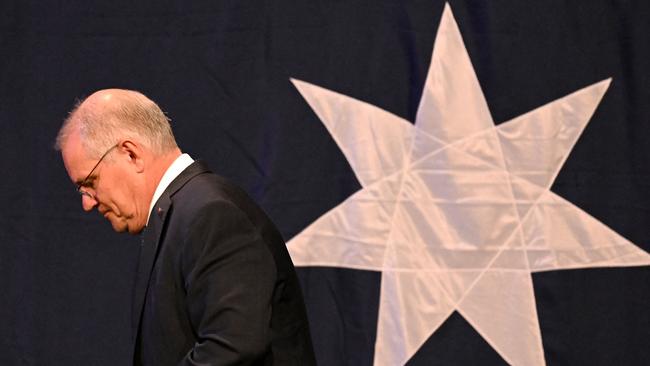

Failures of belief and nerve littered the Morrison government. To appoint Linda Reynolds defence minister instead of Jim Molan showed utter contempt for the Australian people and for Defence itself.
Scott Morrison couldn’t bear big beasts around him. The constant shunning of Molan in preselections for faceless politicians of no profile or consequence bespeaks a party of apparatchiks scared of big figures, addicted to toxic micromanagement from the leader’s office.
The Nationals are as bad. Barnaby Joyce is on the way out. The Nationals’ smartest member, Matt Canavan, is on the backbench, as is Keith Pitt.
The NSW Nationals insanely rejected a former deputy prime minister, the universally admired John Anderson, for the senate. No one has even heard of the figure chosen instead. Another victory for faceless apparatchiks.
To win in politics, you have to be willing to lose everything. You have to believe in the nation, care about the culture, believe in your own values. And be willing to fight hard.
The Liberals first ran a GST election in 1993 and lost. That made the GST possible in 1998. It would take an ASIO cryptographer of rare and imaginative skill to discover today what the Liberals and Nationals believe in and will fight for.
Like the Tin Man in the Wizard of Oz, most of all they need a heart.


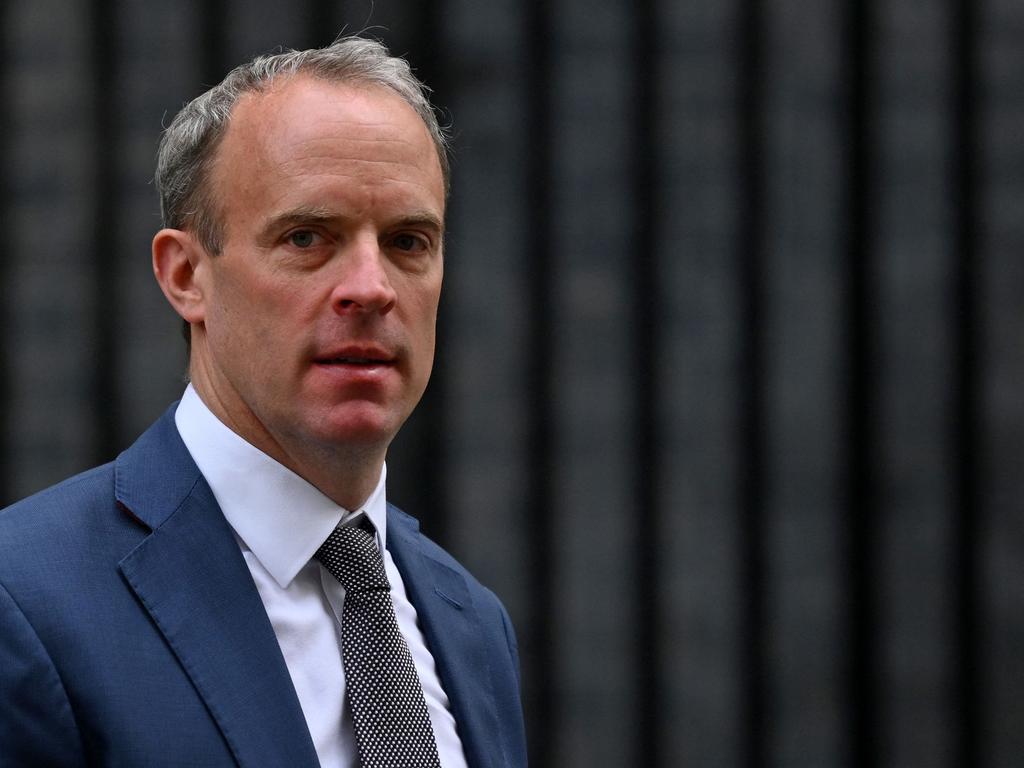
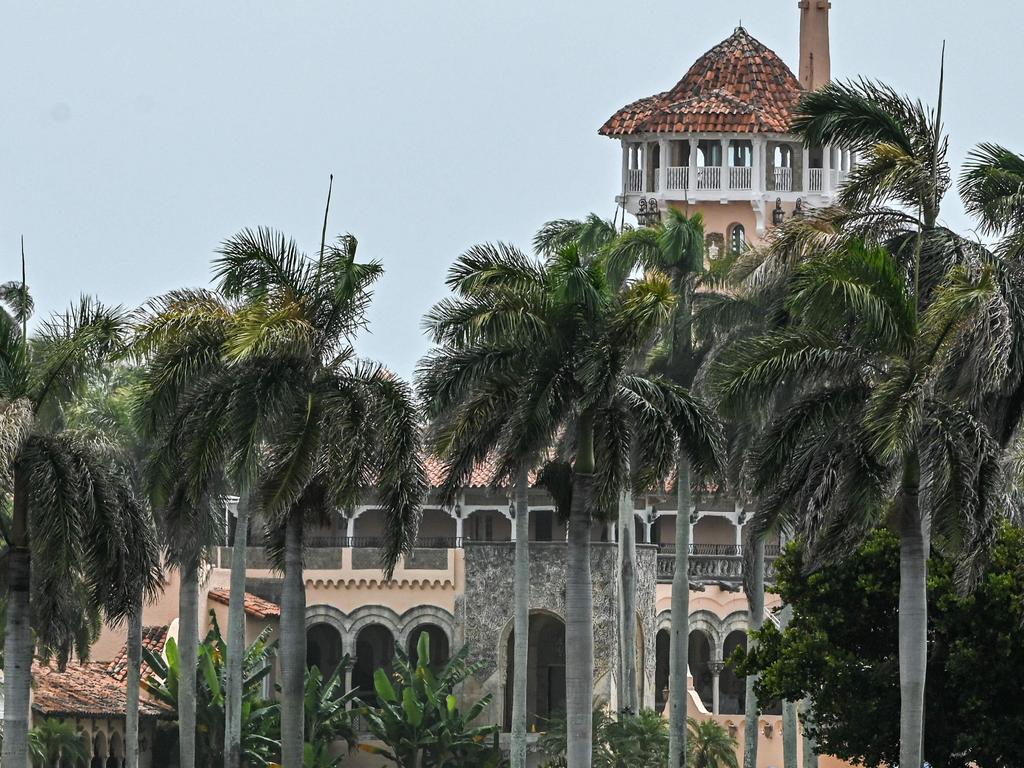


Our politics mirrors big trends in other Western politics. Thus, consider the crisis of centre-right political parties. No one can possibly have any idea now what the Liberal and National parties believe in or stand for. Regrouping in opposition after a shattering defeat following nearly a decade in office is naturally a time to think things over.